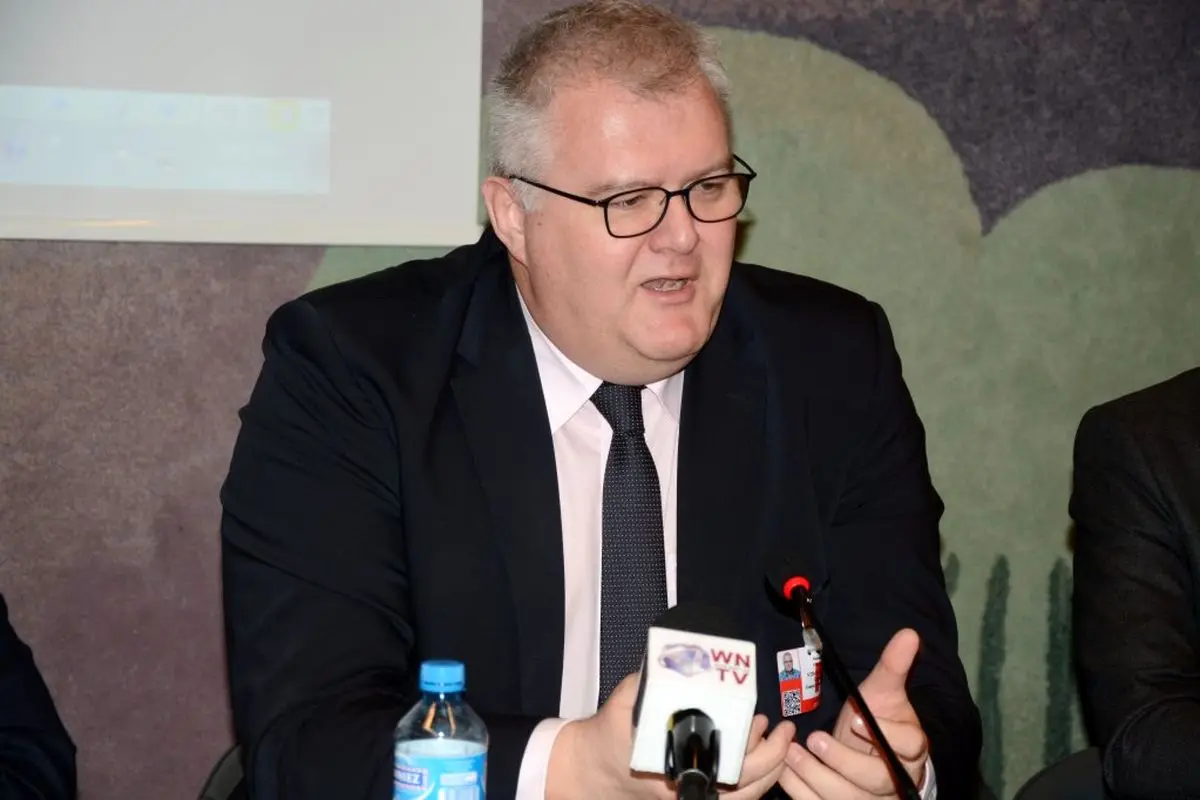NATO is a defensive Alliance, not looking for a fight; Serge Stroobants tells ILNA

Trident Juncture 18 will have more than 40,000 participants from more than 30 countries (All NATO countries, Sweden and Finland). It will be the largest NATO live exercise in years. The exercise will run an Article V scenario, based on the cornerstone of the Alliance: collective self-defense.
Major Serge Stroobants is a director of BANTS Consulting and recognized security expert. In an interview with ILNA he illustrates his opinion about Russia's drill called “Trident Juncture 2018”.
ILNA: What are the technical dimensions of Exercise “Trident Juncture 2018” (TRJE18) which is to be held in October and November 2018 in Norway?
Trident Juncture 18 will have more than 40,000 participants from more than 30 countries (All NATO countries, Sweden and Finland). It will be the largest NATO live exercise in years. The exercise will run an Article V scenario, based on the cornerstone of the Alliance: collective self-defense.
The size of the exercise will give NATO and Norway as host nation an excellent opportunity to realistically train reception and support of substantial-allied reinforcements. And NATO gets to test their plans for the reinforcement of Norway. In sum, this strengthens NATO’s common capability to handle a crisis. Responding to potential threats at its eastern flank, NATO has opted for a strategy of graduated response plans to gradually reinforce troops already deployed within the framework of the Enhanced Forward Presence or EFP. The purpose of TRJE18 is to train the deployment of these forces to a country located on the eastern flank of the Atlantic Alliance.
ILNA: Given the recent tensions between Europe and Russia, what is the importance of this exercise (TRJE18)?
NATO is a defensive Alliance. It is not looking for a fight, but it is committed to defense and deterrence. That’s what this exercise is all about: training to defend, and providing a deterrent effect, ready to respond to any threat from any direction at any time. NATO will train a potential collective self-defense response scenario aiming at proving its resolve and determination to reinforce the cornerstone idea of the Alliance to support any of its members facing an armed attack. Above the mere training objectives, deterrence is the overall goal of such exercises. NATO wants to demonstrate its resolve to defend the territory of all of its members who would be facing aggression.
ILNA: NATO has asked Russian observers to watch over this exercise. In your opinion, is this act constructive? This is in line with NATO’s commitment to transparency of its military activities. In line with its obligations as host nation, Norway has already notified the OSCE about Trident Juncture 18 and all OSCE nations will be able to send observers. NATO also briefed Russia about this exercise during the last meeting of the NATO-Russia Council. This is a proof of NATO’s respect of its international obligations. NATO Secretary-General Jens Stoltenberg said, «NATO has nothing to hide». NATO requested to send observers to VOSTOK 2018 but was not allowed to (similar to Russian military exercises in previous years).
ILNA: Recently, Russia had a military exercise, Vostok-2018. What is the difference between these two exercises?
First, the scale, as more than 300.000 troops participated in VOSTOK 2018. Secondly, the purpose as Russia trained full high-intensity offensive war scenarios including the use of nuclear weapons. It also trained alongside Chinese troops invited to the exercise. Vostok-2018 was clearly designed to test the Russian military’s ability to coordinate its forces in the context of a war with NATO. In continuation of the scenarios of previous ZAPAD exercises, Russia has developed exercise scenarios training its more assertive and offensive military strategy. In recent years, NATO has done exactly the same, exercising its own strategy, the deployment of troops and reinforcements into a defensive posture at its Eastern borders.
It is remarkable to notice that both exercises are considered to be the largest military exercises after the end of the Cold War for both Russia and NATO.
ILNA: NATO has seen many divergences in its structure; Disagreement between U.S and Turkey and European countries has caused some problems in this organization. How do these disagreements affect the function of NATO?
NATO has always been a forum for debate respecting the norms and values of the UN Charter. It is absolutely normal to witness disagreement within the North Atlantic Alliance as it is the case in any liberal political organization. There have been disagreements in the past and there will be much more in the future, but every time it was needed, NATO showed strength, resolve and unity while addressing the security challenges it has been exposed to. The Member States might have divergent views and interests while applying their foreign policy, but they always unite around the key principles and core tasks of NATO: collective defense when facing an attack on one of its members, crisis management to support international peace and security, cooperative security ensuring stabilization and prosperity, both in NATO’s neighborhood and globally, through enlargement and partnership.
Interview: Kamran Baradaran
Edited by: Azadeh Keshvardoust
